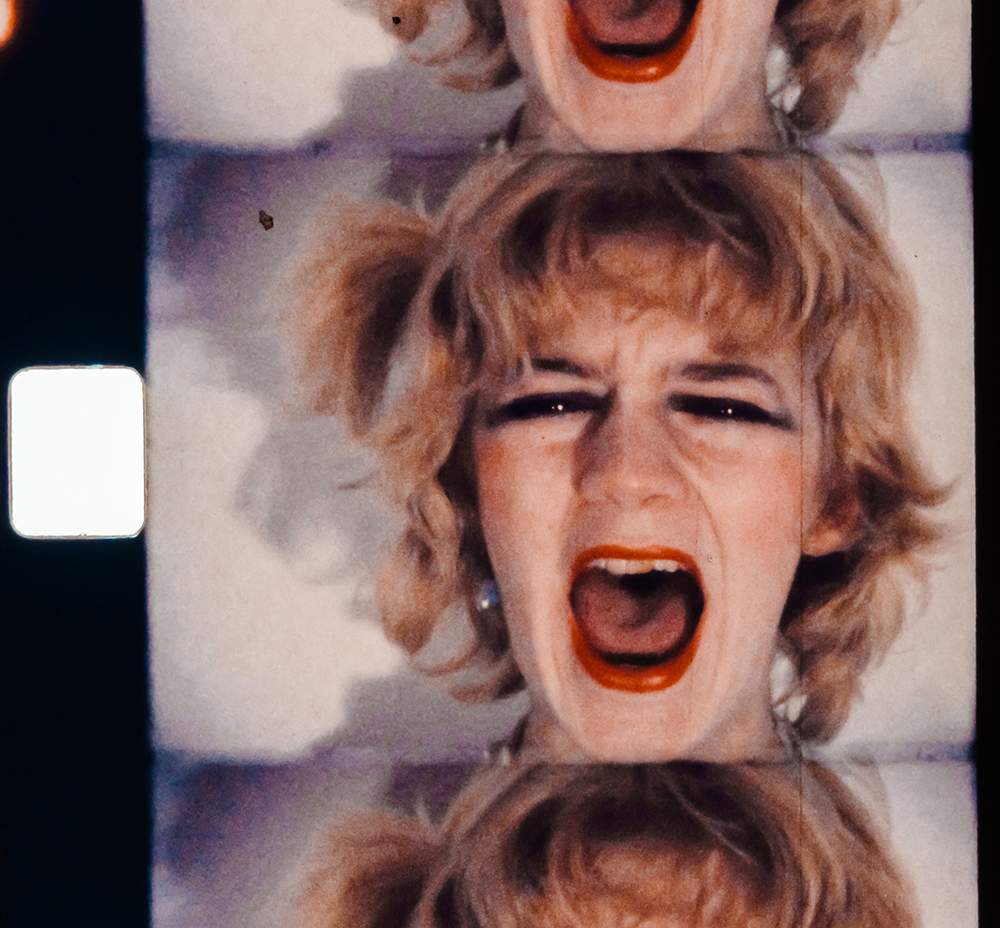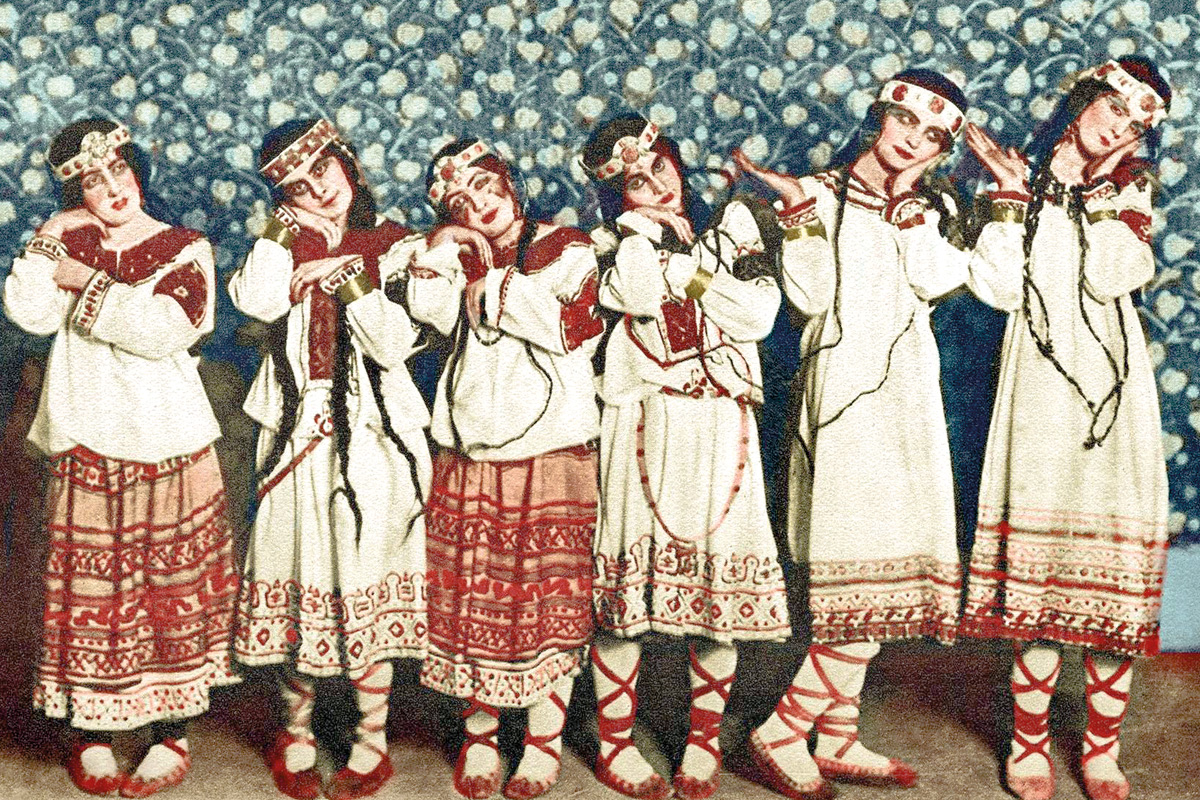Women in Revolt, an exhibition curated by self-described ‘Marxist feminists’, is on show now at the Tate Britain, until 7 April.
Through a wide range of art, pamphlets, photographs, and video footage, this exhibition attempts to explore the “range of perspectives” that “defined” the women’s movement in Britain from the 1970s until the 1990s.
The historical events and accounts portrayed are interesting, and often inspiring. But anyone hoping for an understanding of how we can fight women’s oppression today will come away sadly disappointed.
Women in struggle
The best parts of the exhibition are those which demonstrate the most class-conscious elements of the women’s liberation movement. Unfortunately, such material is under-represented by the show’s curators.
One positive example provided is that of the equal pay movement. A poster from the time lays out the demands of this struggle: not only for equal pay, but for free 24-hour childcare, free contraception and abortion on demand, legal and financial independence for all women, and an end to discrimination against lesbians.
Later, the exhibition examines the important role played by working-class women during the miners’ strike. Newspaper articles highlight the role women played in distributing food, and photographs show women marching and defending picket lines.
Brilliant Women in Revolt exhibition at @tate Britain showing clearly the crucial role played by women in UK protests as well as our own liberation! pic.twitter.com/SgMo7JisVL
— Cllr. Helen Thornton (@LabourHelen) December 9, 2023
Mixed in with this historical documentation, Women in Revolt contains some class-conscious pieces of art as well.
The tapestry ‘Thatcher’s Thugs’, for example, was produced in response to the brutality of the police at Orgreave.
A poster by the See Red Women’s Workshop, meanwhile, shows an image of Thatcher with the words ‘my message to the women of our nation: tough’.
It is noted to the side of this piece that Margaret Thatcher, despite being the first female prime minister, did nothing to advance the cause of ordinary women. The impotence of identity politics was exposed to a large swathe of women during Thatcher’s premiership.
In reality, however, the exhibition only pays lip service to the limits of identity politics. There are nods throughout to the need for class politics and revolutionary change. But the ‘Marxist-feminist’ curators clearly lean more in the direction of feminism than Marxism, which the show falsely claims does not “acknowledge the reality of gender inequality”.
Anti-Marxist art
Overall, what Women in Revolt displays best is the political confusion that existed in the women’s movement over these decades, and which lingers today amongst ‘Marxist feminists’.
This is most clear in the piece entitled The Marxist’s Wife (still does the housework) by Alexis Hunter.
This work features a number of photos of the artist cleaning an image of Karl Marx. Underneath his portrait are the words ‘Man, Thinker, Revolutionary’. When the cloth passes over ‘Man’, the drawing is smudged.
The accompanying caption explains the artist’s intentions: to show “Marx’s failure to incorporate women’s work in the home into his theory of labour relations”.
This claim – that Marxism, or Marxists, overlooked women in their analysis of capitalist society – is very easily disprovable from reading the writings of Marx, Engels, Lenin, and Trotsky. These explain how the oppression of women, including the burden of domestic labour, is an essential aspect of class society; a scourge that can only be solved through its overthrow.
Indeed, we can look to the legacy of the Russian Revolution to see what progress can be made against women’s oppression when the fight to emancipate women is linked to the revolutionary struggle to transform society and put the working class in power.
Unfortunately, such a pertinent example is not mentioned anywhere in Women in Revolt.
View this post on Instagram
Girlboss feminism
As the exhibition draws to a close, it discusses how this period of political art and revolt came to an end – attributing this to the commercialisation of art that took place in the 1990s.
Allegedly, this made it harder to produce radical art and publications; and this, in turn, made it harder for activists to organise against women’s oppression through these means.
In reality, under capitalism, art has always been shackled by profit and the needs of the market.
The change that came in the 1990s was much larger. This was a period of political reaction, with the capitalists and their apologists going on the attack against the working class and its organisations.
In these conditions, identity politics was pushed to the fore by the liberal establishment, in an effort to give capitalism a ‘progressive’ veneer. Bourgeois and petit-bourgeois feminists elbowed their way to the top, while living standards for working-class women (and men) stagnated.
Today, however, with the deepening crisis of capitalism, class struggle is again on the order of the day. And radical movements are breaking out against the ruling class and the rotten status quo – including over questions such as violence against women and abortion rights.
The bankruptcy of identity politics and ‘girlboss’ feminism are increasingly being revealed for all to see. And larger and larger layers are instead looking towards communism and revolution to solve the problems that ordinary women and men face.
Fight for revolution
The women’s movement of the 1970s and ‘80s had its successes, which Women in Revolt touches upon. But overall, largely detached from the wider class struggle, it could not free women from the grasp of oppression.
This was not because the labour movement was too masculine, as the exhibition suggests. In fact, many of the old sexist views that had poisoned society for millennia, promoted from the top-down by the ruling class, were expelled from workers’ organisations in this period.
As the class struggle sharpened, and working women took to the barricades, the attitudes of men towards their wives and partners were transformed: from being treated as subservient domestic slaves or sexual objects, to being seen as human beings and determined class fighters, who could stand up as tall as the towering enemy.
Ultimately, the “range of perspectives” portrayed in Women in Revolt reflects the ideological confusion that has historically plagued the women’s liberation movement, in these decades and still today.
By contrast, the struggle for equal pay and the militant role of working women in the miners’ strike – as well as many other inspiring examples not included in this exhibition – show the way forward.
What is needed is not an eclectic “range” of outlooks, but a clear class perspective that unites working-class women and men in the struggle for communism – the only real route to emancipating women, and liberating the whole of humanity.






